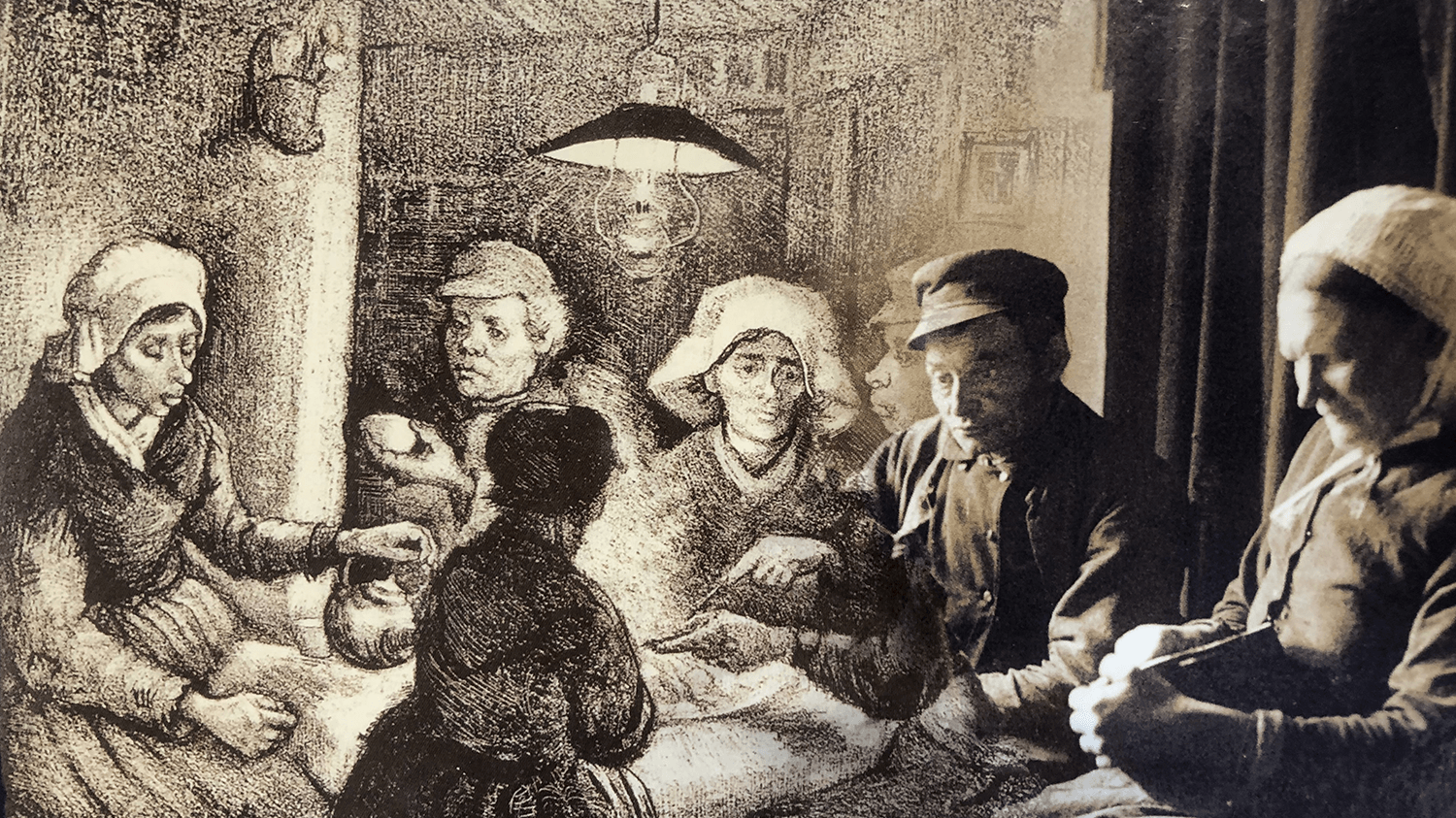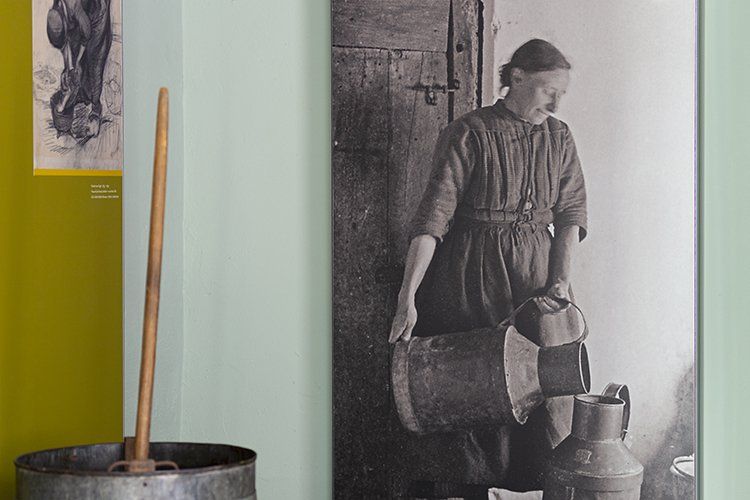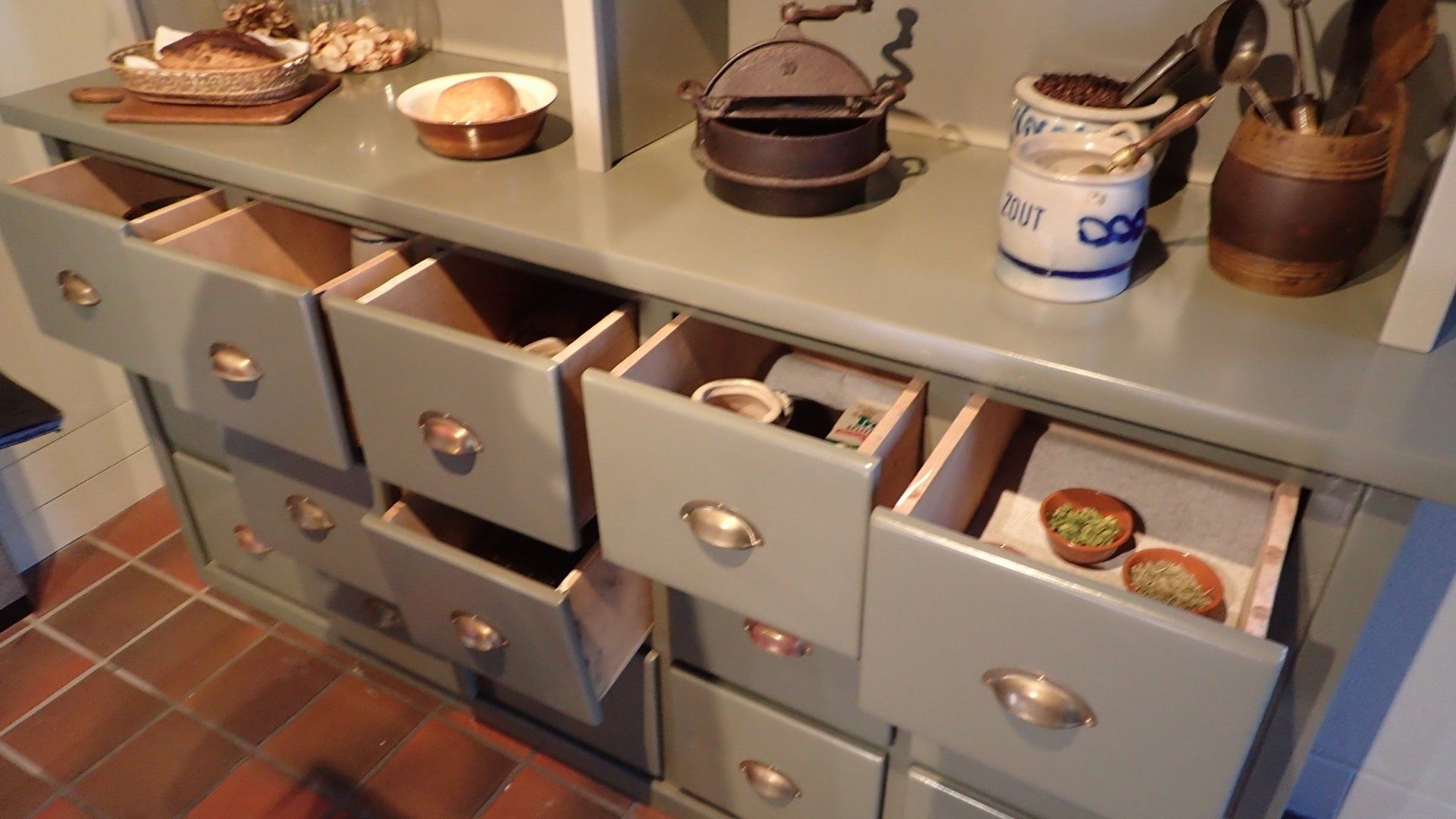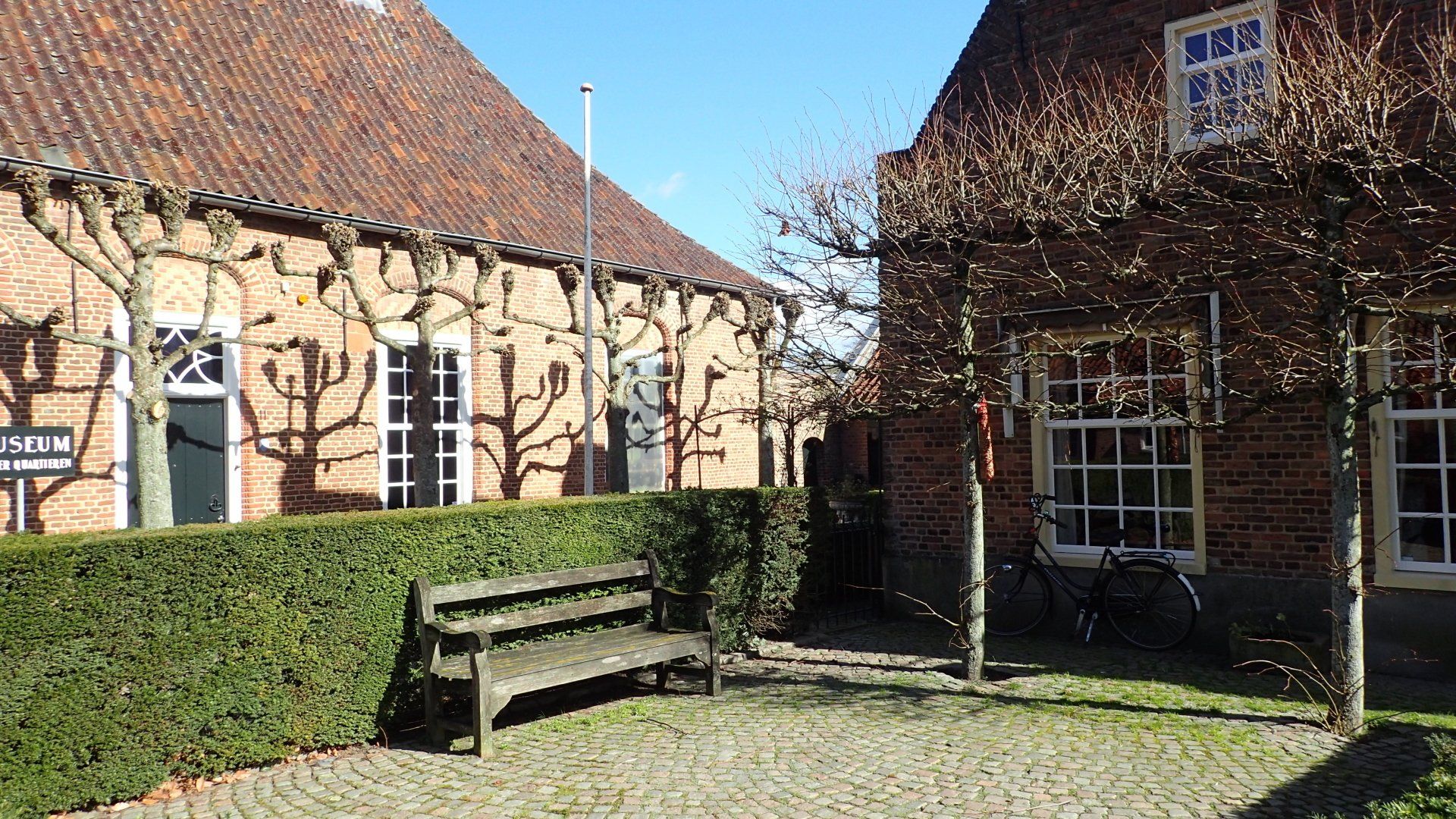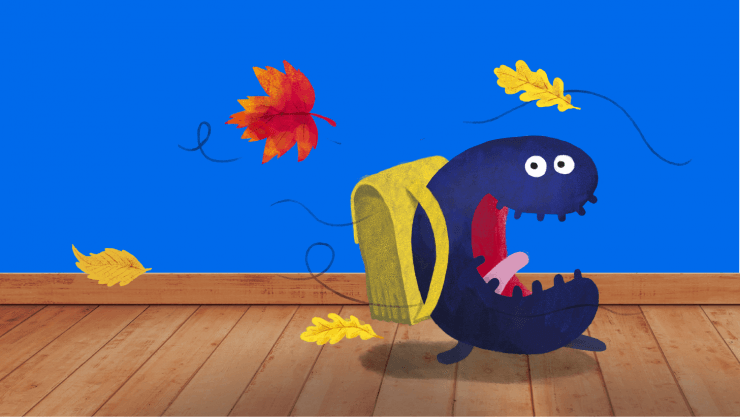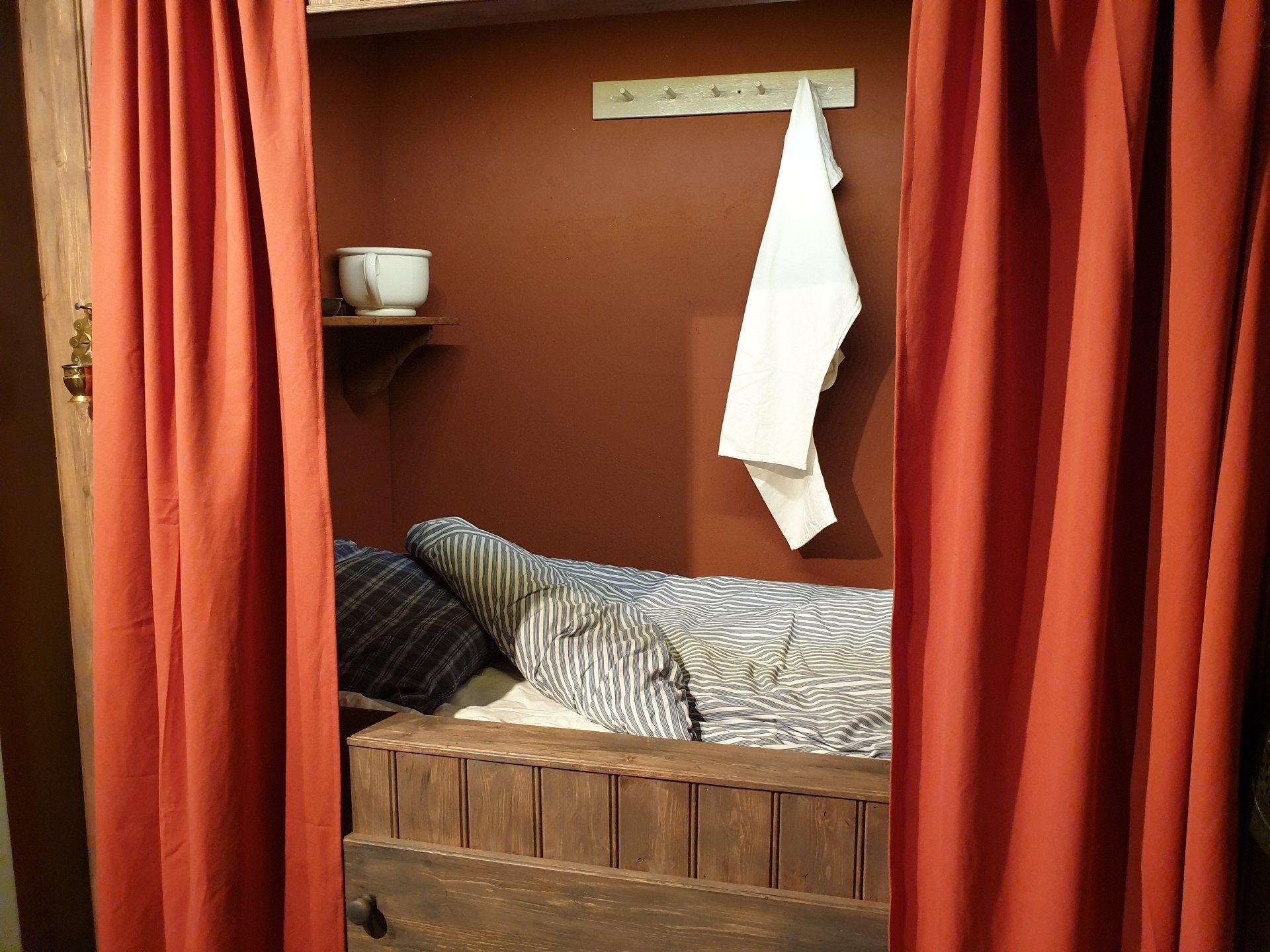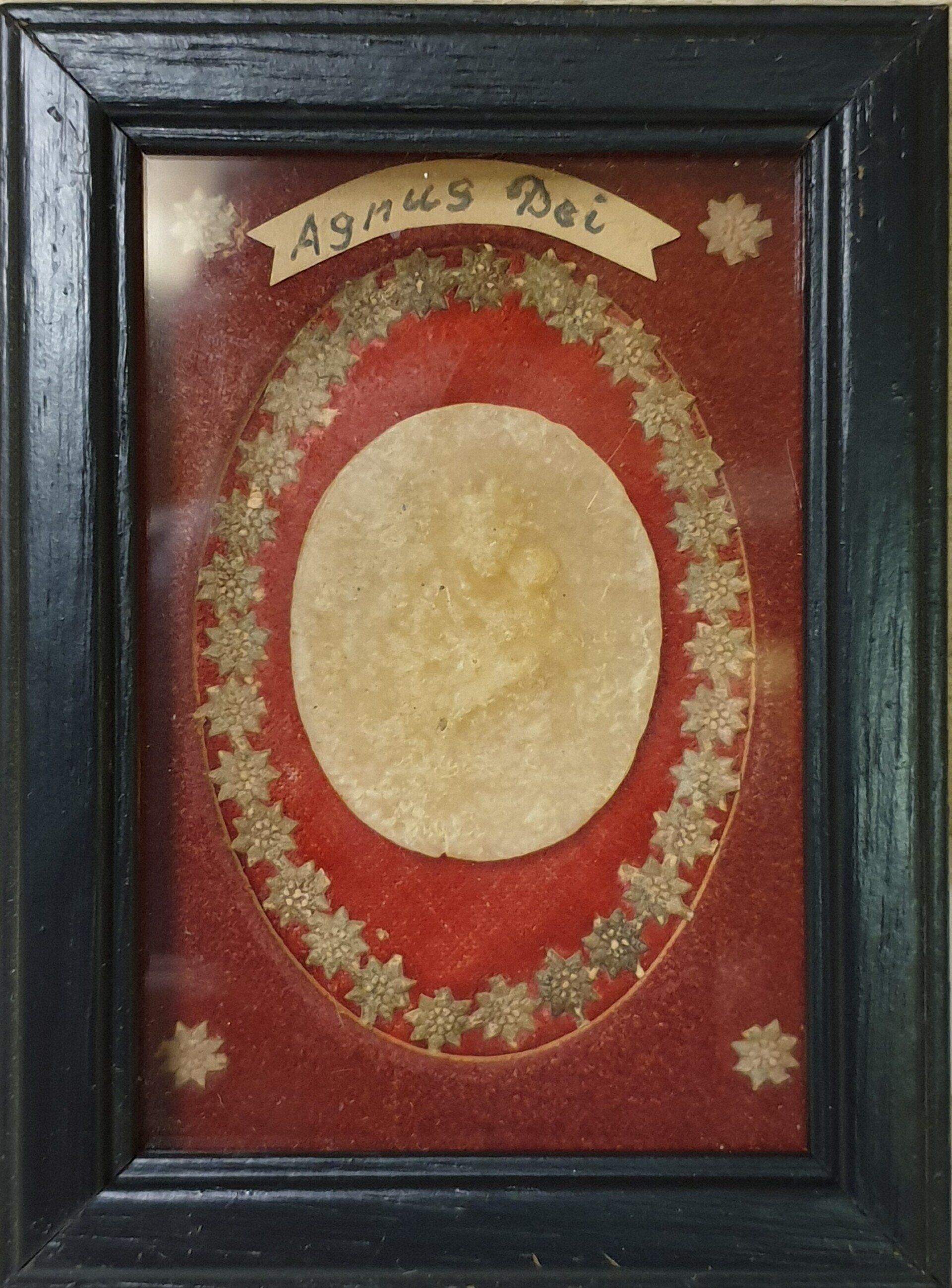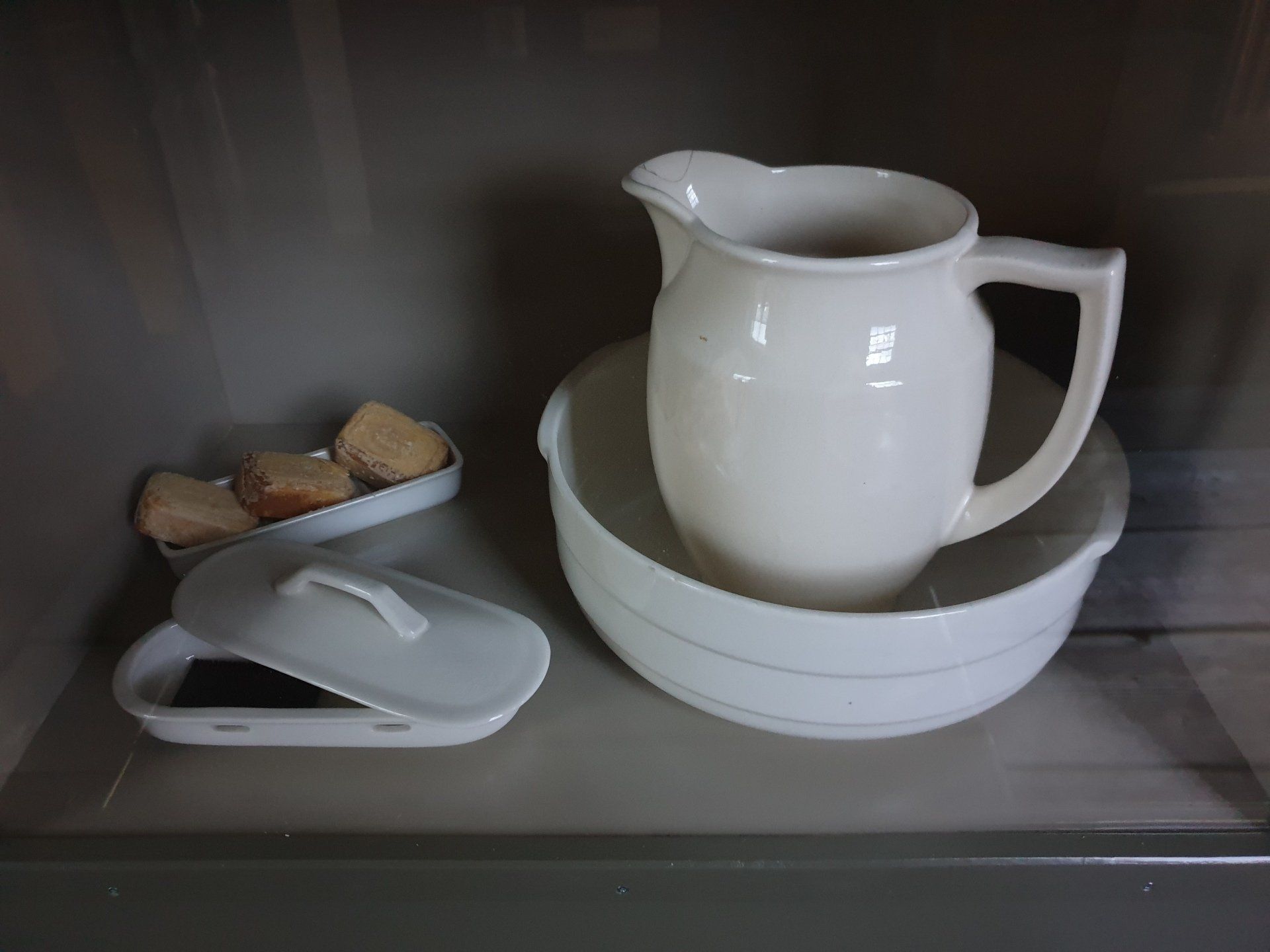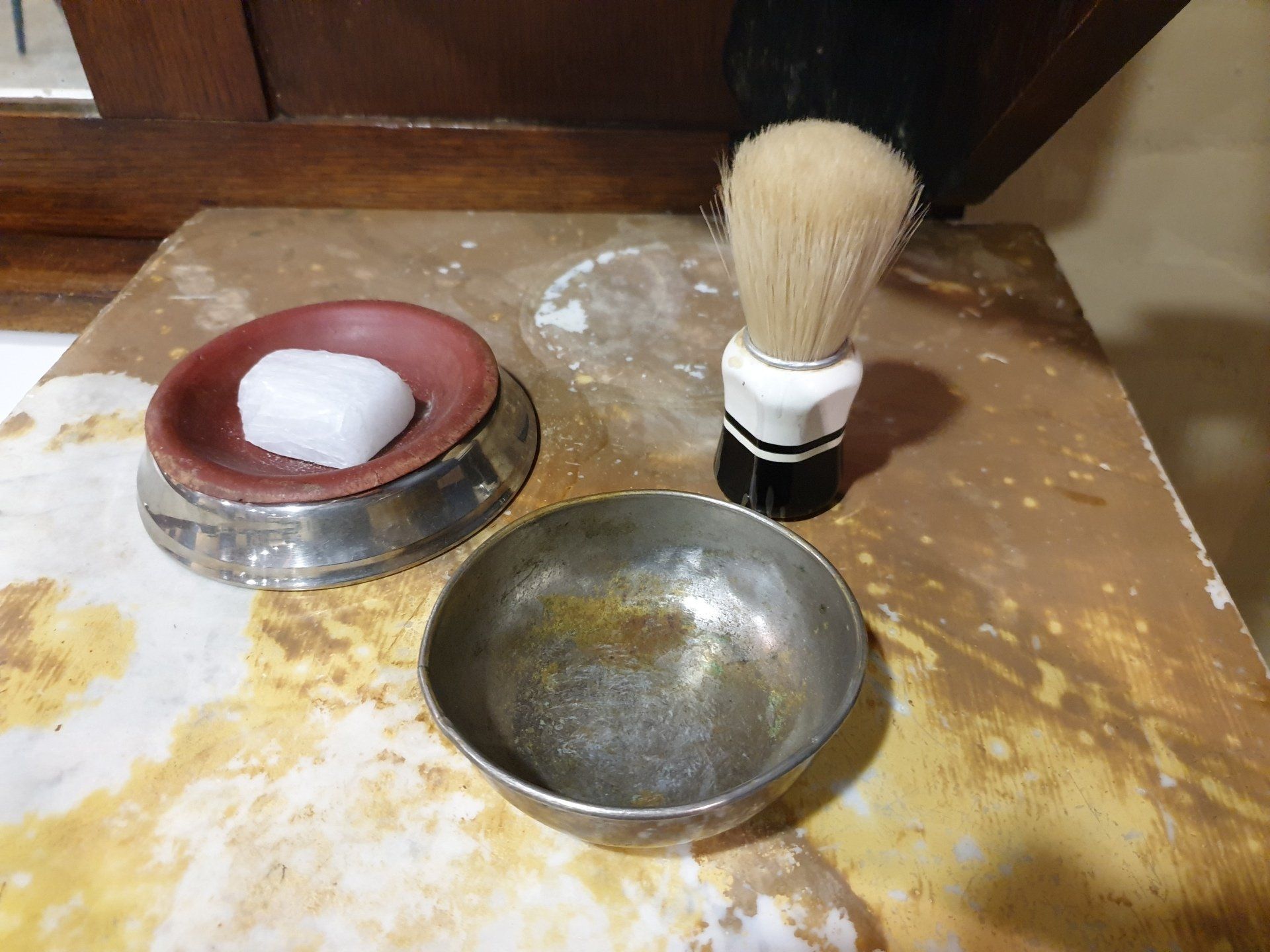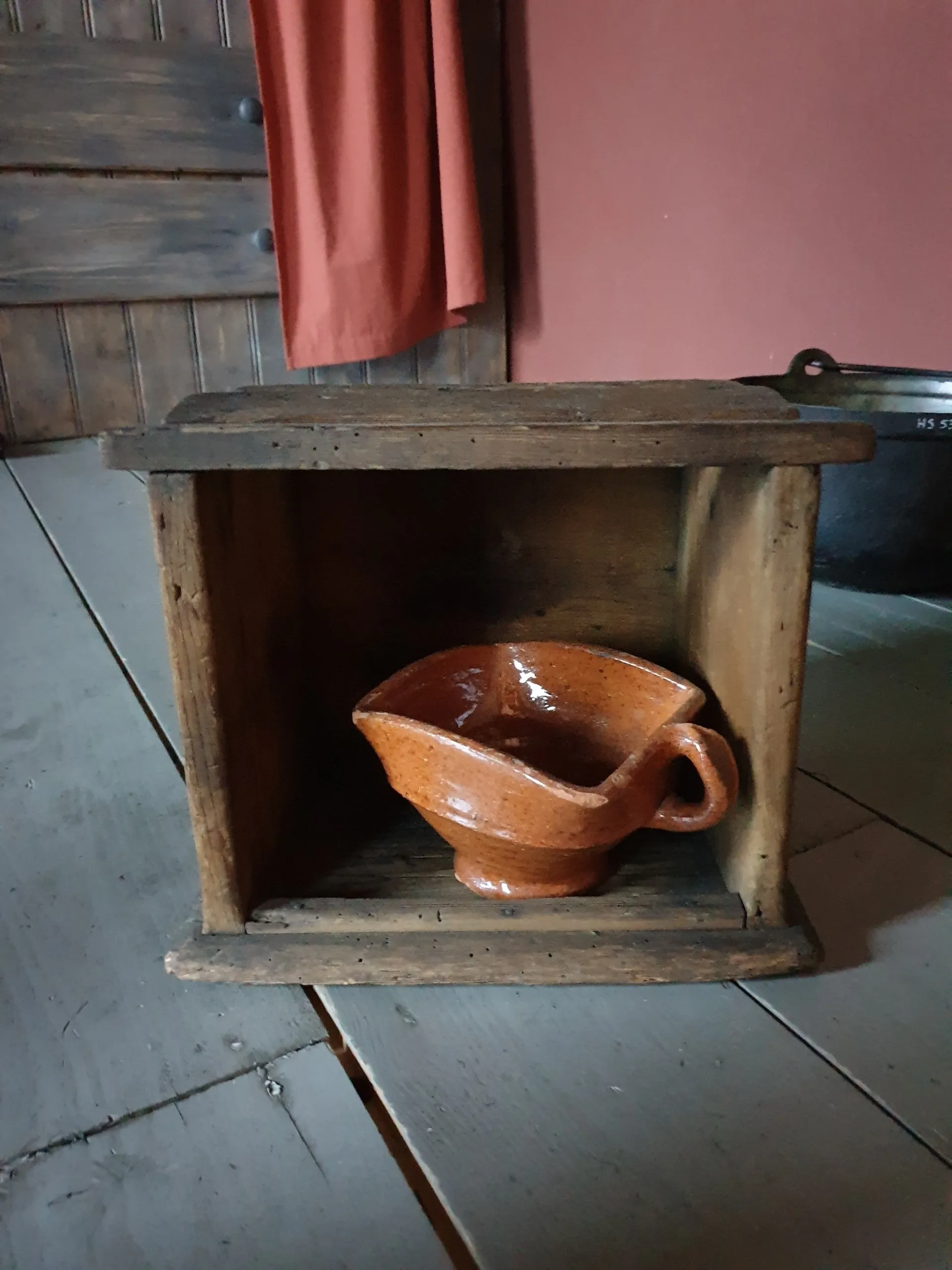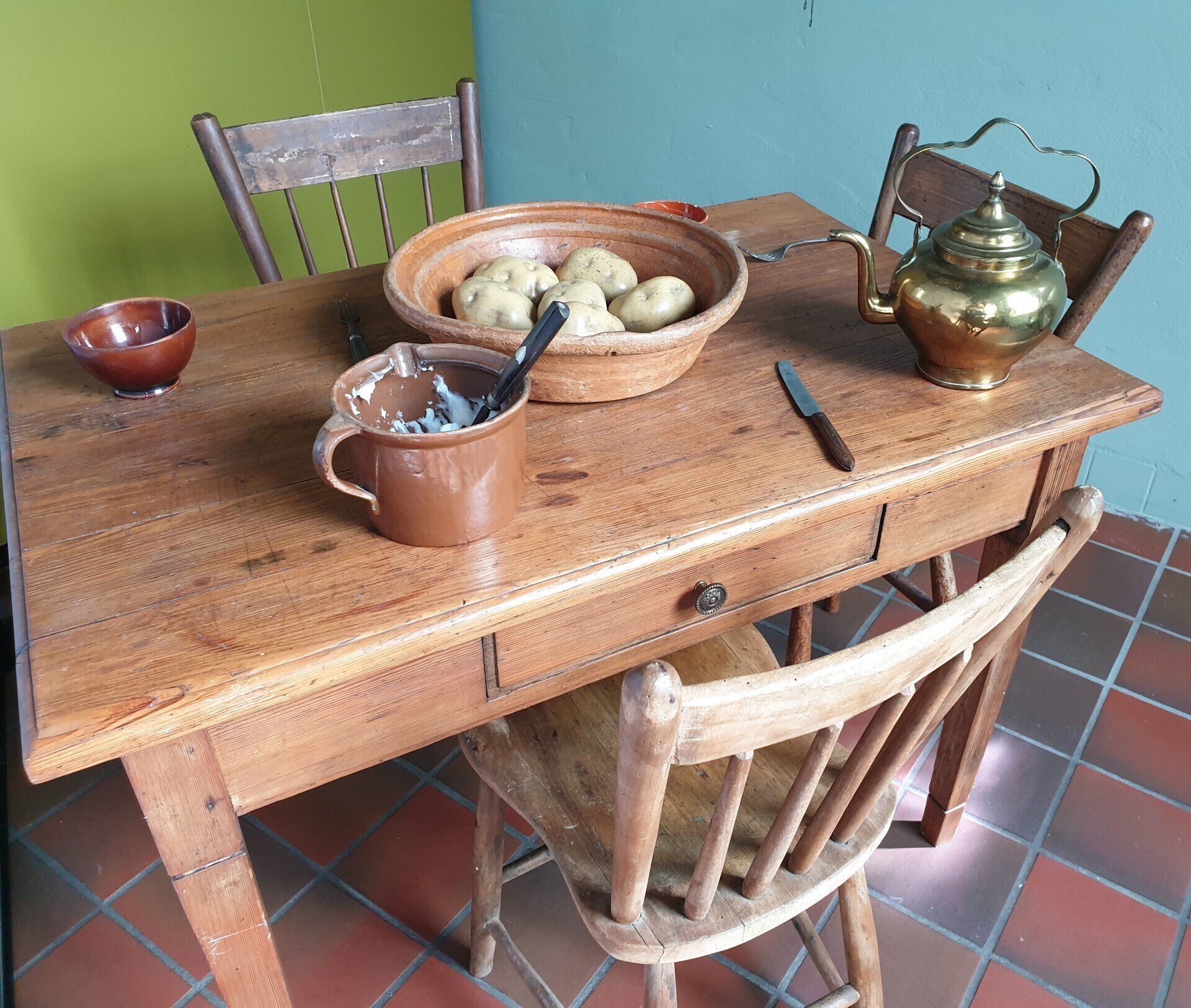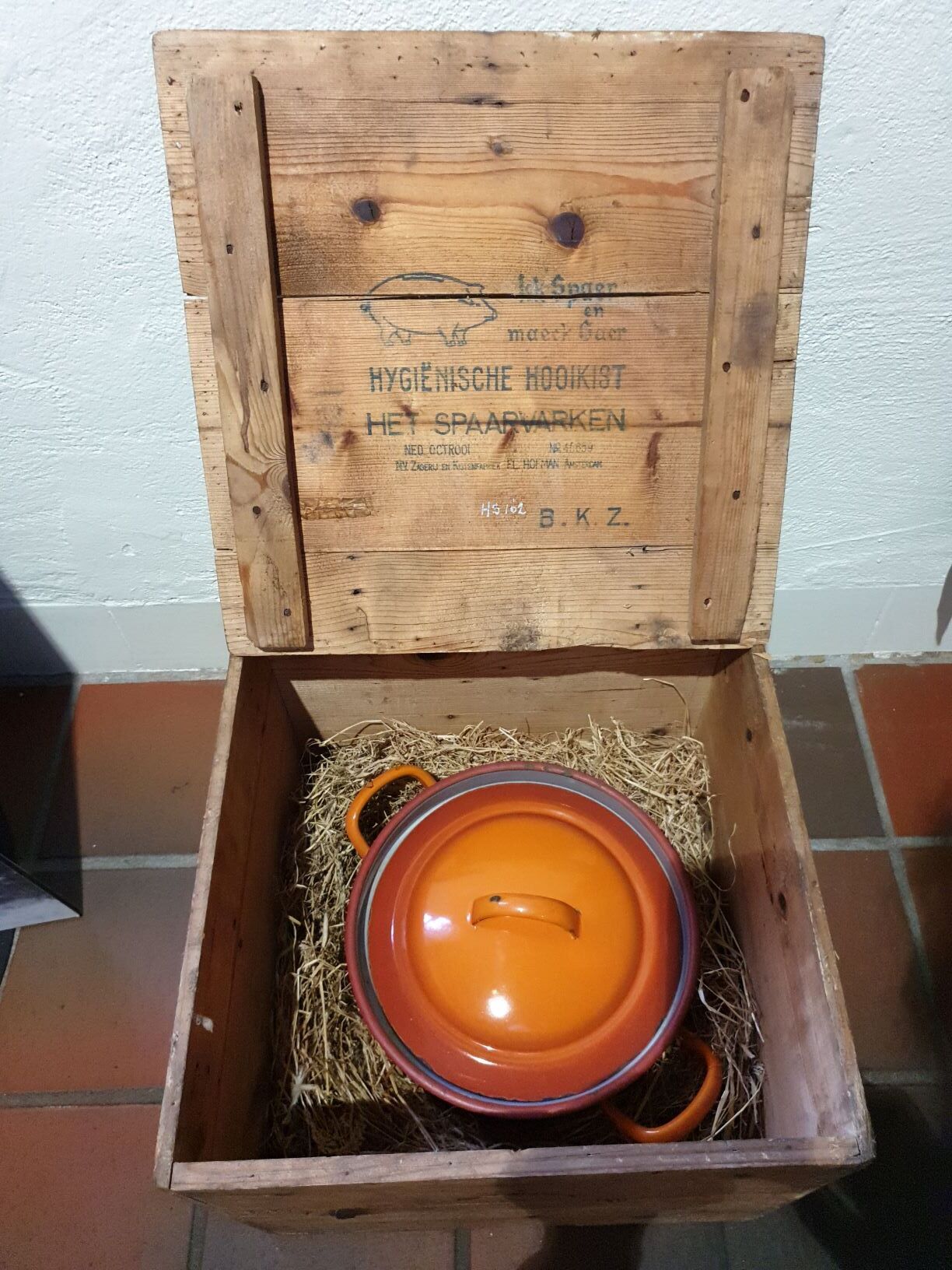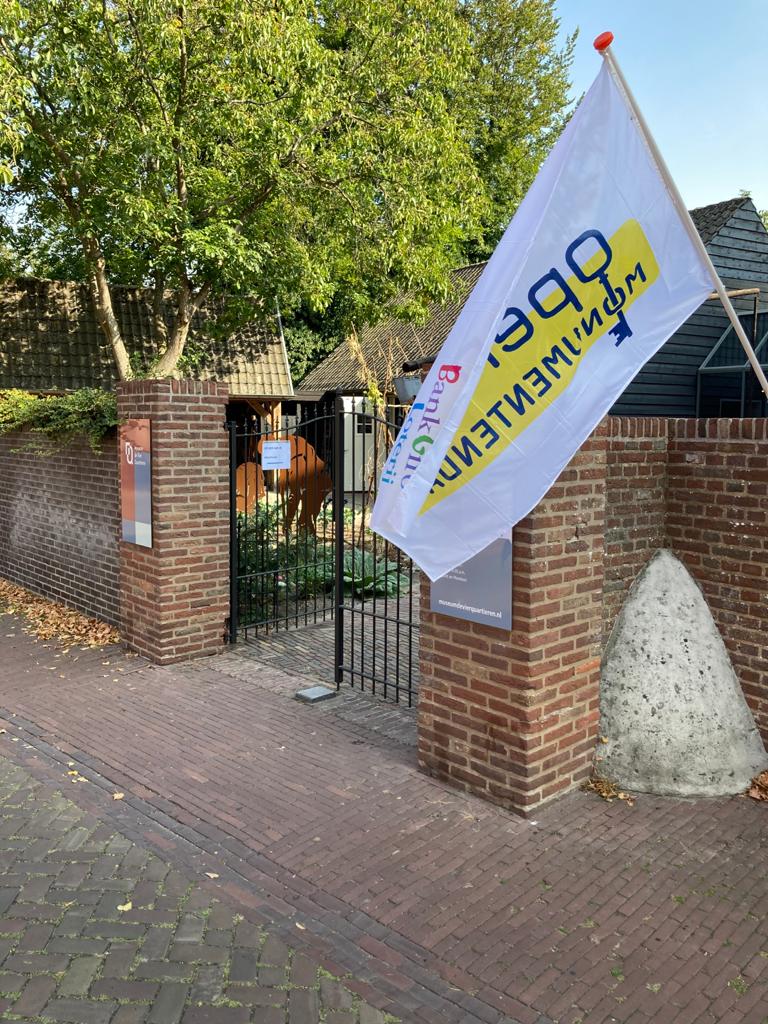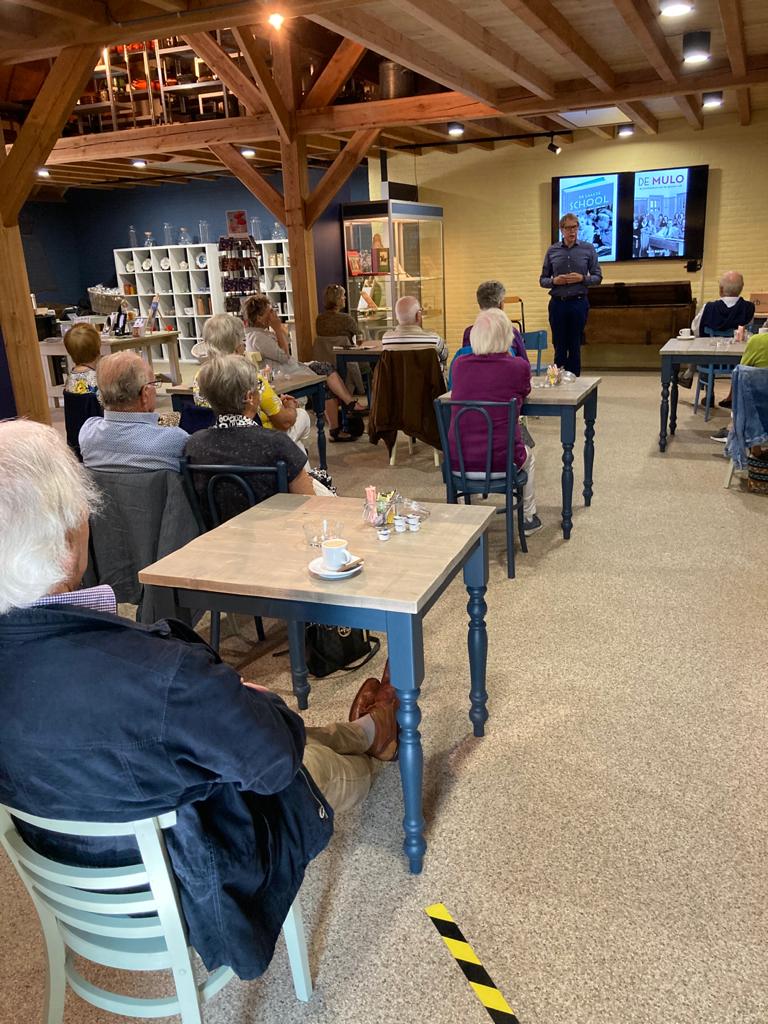Now on display...

her title
Schrijf uw onderschrift hierButton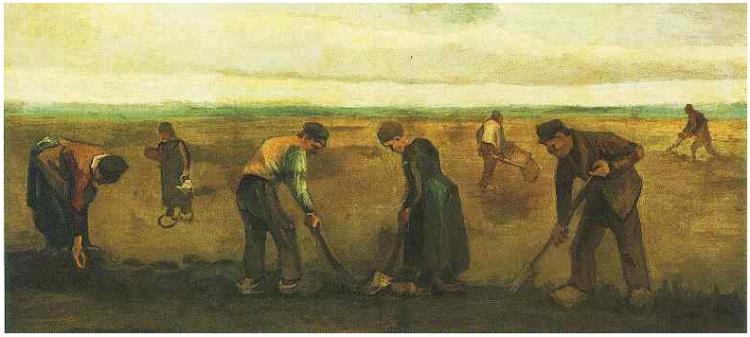
her title
Schrijf uw onderschrift hierButton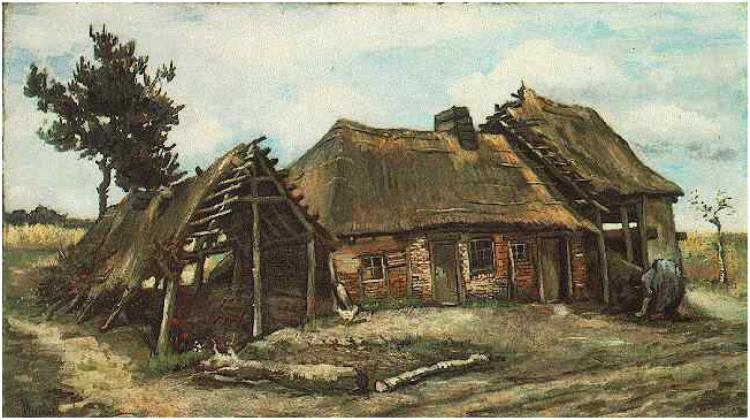
her title
Schrijf uw onderschrift hierButton
Brabant in the time of ...
In the time that the world-famous painter Vincent van Gogh lived in our province (second half of the 19th century), the people of Brabant were slowly awakening from centuries of poverty and oppression. Machines started to take over the work of humans and animals. But Van Gogh was particularly attracted to the people who still lived in the traditional way: simple, honest and pure. He made beautiful sketches and paintings of the constantly labouring but still happy people of Brabant.
Linking the museum and Van Gogh
The museum shows you life as it was at that time in Brabant, as seen through the eyes of the famous artist Vincent van Gogh. The link between Van Gogh and the museum is not as strange as it might first appear.
They both show the traditional life of that time: Van Gogh in his paintings and sketches (reproductions) and the museum with its unique collection.
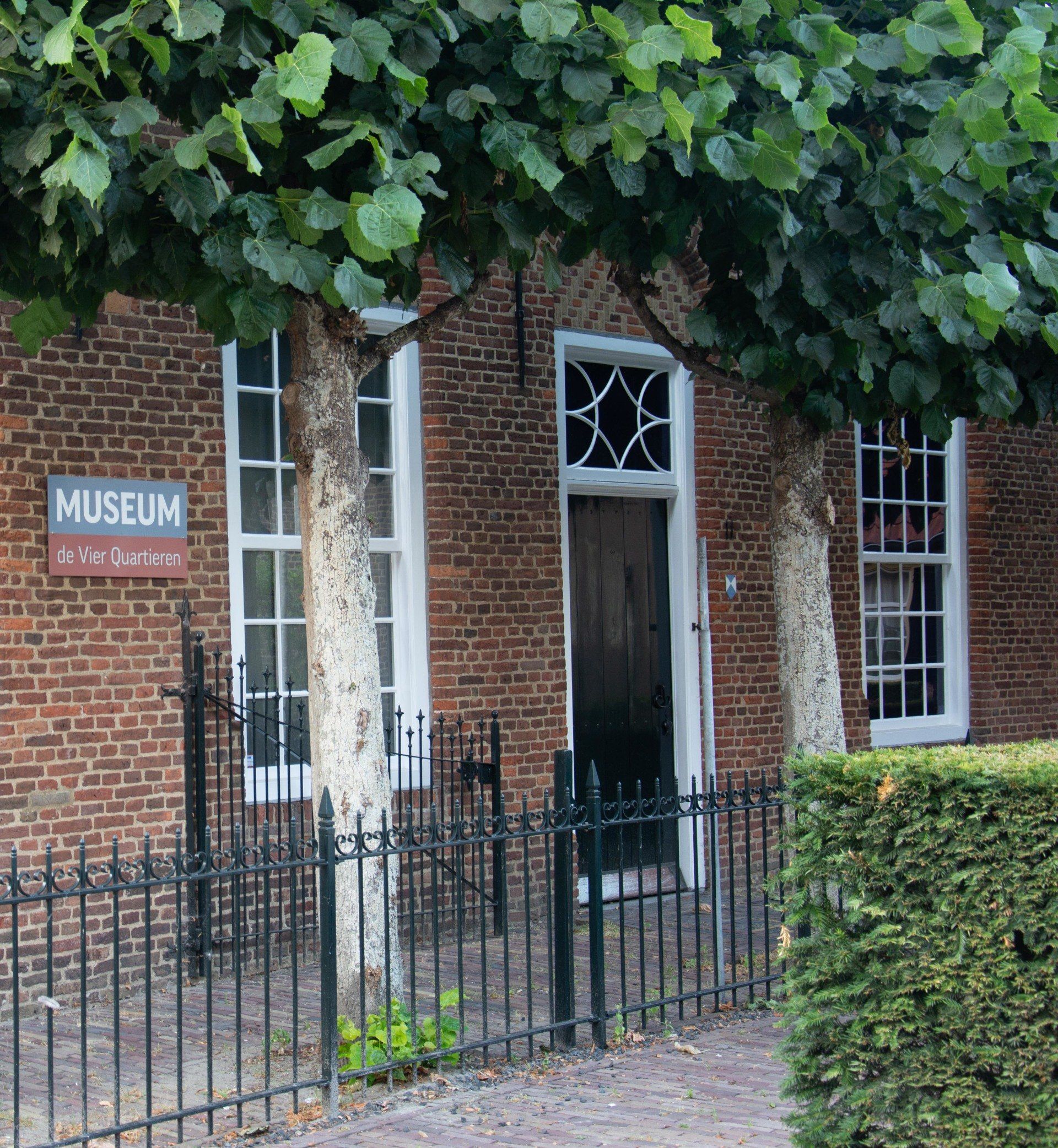
her title
Schrijf uw onderschrift hierButtonher title
Schrijf uw onderschrift hierButtonher title
Schrijf uw onderschrift hierButtonher title
Schrijf uw onderschrift hierButtonher title
Schrijf uw onderschrift hierButton
Treasure hunts in and around the museum
What's more fun than taking a good look around in your own surroundings? Discovering unusual buildings and streets. How did they get there and why are they called what they're called? And who lives there and what did the people do in the old days? Museum de Vier Quartieren offers two photo treasure hunts, one inside the museum and one outdoors. Come along and enjoy all the great things around you!
Become a museum inspector
If you're older than 12 years and you'd like to show us what you think of our museum, become a museum inspector and register at museumkids.nl. Take part in the competition to find the best museum inspector of the year and you could win one of the ten prizes. The new inspection year has started
Been...
What happens in a box bed? In Museum de Vier Quartieren in Oirschot there is a box bed in the upstairs room above the basement. A box bed is a special type of bed in which people sleep. It is a cupboard with curtains or doors, in which a mattress was placed on shelves. These mattresses were sacks filled with straw, cotton or horsehair. Until well into the nineteenth century, almost everyone slept in a box bed, after which the cot was slowly introduced. The box beds are quite short. We couldn't sleep in it for long. That is because the people were smaller than now, but also because people slept half sitting. They thought that would be healthier. While sleeping, people rested leaning against a bolster, a firm round bottom pillow, with the pillow on top. Because there were only a limited number of box beds in the house, the children slept alternately - head, feet, head - together. At the foot of the bedstead of father and mother, the box with the baby in it stood on a shelf. Because the doors or curtains could be closed, mother and father still had a little privacy, but it was not really healthy. People had a lot of problems with fleas and bed bugs. That is why the mattresses in the box bed had to be changed every year in the spring.

her title
Schrijf uw onderschrift hierButton



